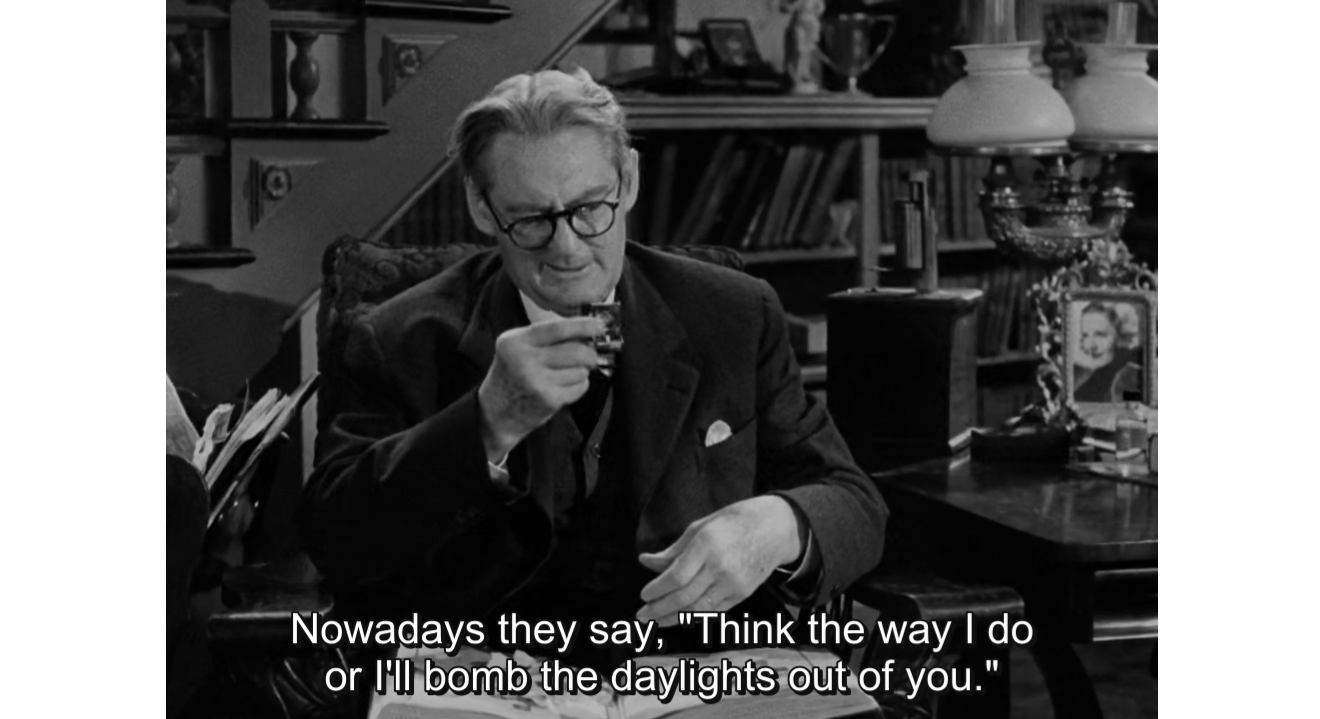
When Silver is Better than Gold: Silvershorts
Once every few years, silver is worth more than gold. From the hundreds of short films, ranging from powerful advocacies to mystifying experimentals, ten films were chosen to represent the best of digital short filmmaking this side of the world.
Alvin Yapan’s Panibugho (Jealousy) is a parable that is inspired by a quotation on jealousy and envy from Jose Rizal’s famous first novel. Shot and designed like a moving painting with otherworldly colors melting into rural landscapes, the short film weaves the unreality of local folklore and the reality of the human condition into one of the most astounding cinematic adaptation of a Rizal text. Gym Lumbera’s Dahil Sa’yo (Because of You), on the other hand, situates its melancholic romance between an old man and a banana tree set in the director’s native Batangas. Lyrically shot, sparingly paced, and thematically succinct, the short film makes use of very relatable human emotions as expressed through the popular ballad sung by the old man to his beloved tree to depict the despair in humanity’s relationship with his environment.
Timmy Harn’s Panty is at first glance, just a joke, admittedly a very funny one. At second glance, when the joke’s effect has worn off, the film readily reveals itself as an astute observation of gender roles within a marriage in an age of empowered women and lazy men. Jet Leyco’s Patlang (Blank) starts seemingly as a run-of-the-mill melodrama, covering what possibly is a young girl’s heartbreak. From there, it jumps into a wormhole, transporting the narrative to different places. The short film’s both an exercise of style and rhythm and a mystifying document of the personal and the political converging in the most intriguing of ways.
Jon Lazam’s Hindi Sa Atin Ang Buwan (The Moon is Not Ours) is even more mystifying than Patlang. Shot with a consumer-level video camera over a holiday in Bohol, the film is completely without sound and in black and white. It is mostly footage of travel, chaotic and rapid at first before settling into a more relaxed pace, relaying the feelings of distance, resignation and sadness through sheer imagery. Sharing its adoration for elusiveness with Lazam’s silent short, JP Carpio’s Coverage seems to be more experiment than anything. A multi-cam set-up, a couple preparing and eating breakfast, and an indecipherable rationale, the short film is a puzzle that is more alluring to behold than to solve.
Richmond Garcia’s Numbalikdiwa, a thesis film from the University of the Philippines, attempts to paint the pains of a writer in the process of creating his story. As his imagination literally forms into characters that move, communicate, and hurt him, he learns of the sacrifices of his craft. Also a thesis film, Chuck Hipol’s Man of the House opens with a portrait of a perfect family, the type that only exists in television advertisements. Slowly but surely, it unfolds to reveal a reality that seems to be more normal than strange in a society that fantasizes about perfect families.
The two short documentaries in the program both tackle artists. Mark Mirabuenos Gupit (Cut) centers on a barber gifted with a golden voice. It is a film that charms because the subject is charming, all too willing to belt out a pop classic while parading his skills with the scissors and telling his all-too-familiar story of his very modest life. Cierlito Tabay and Moreno Benigno’s Undo tackles a very unique individual, a very talented painter whose very fuel for his art are the drugs that would inevitably lead to his death. If Mirabuenos’ barber sings to enchant his customers, Tabay and Benigno’s painter sings to express the burdens of his overextended life.
Ten brave short films, all different in their methods, but all similar in their goal to maximize the medium of digital filmmaking in relaying truths, expressing emotions, and forwarding the form of cinema.
(Cross-published in Lagarista.)






































No comments:
Post a Comment